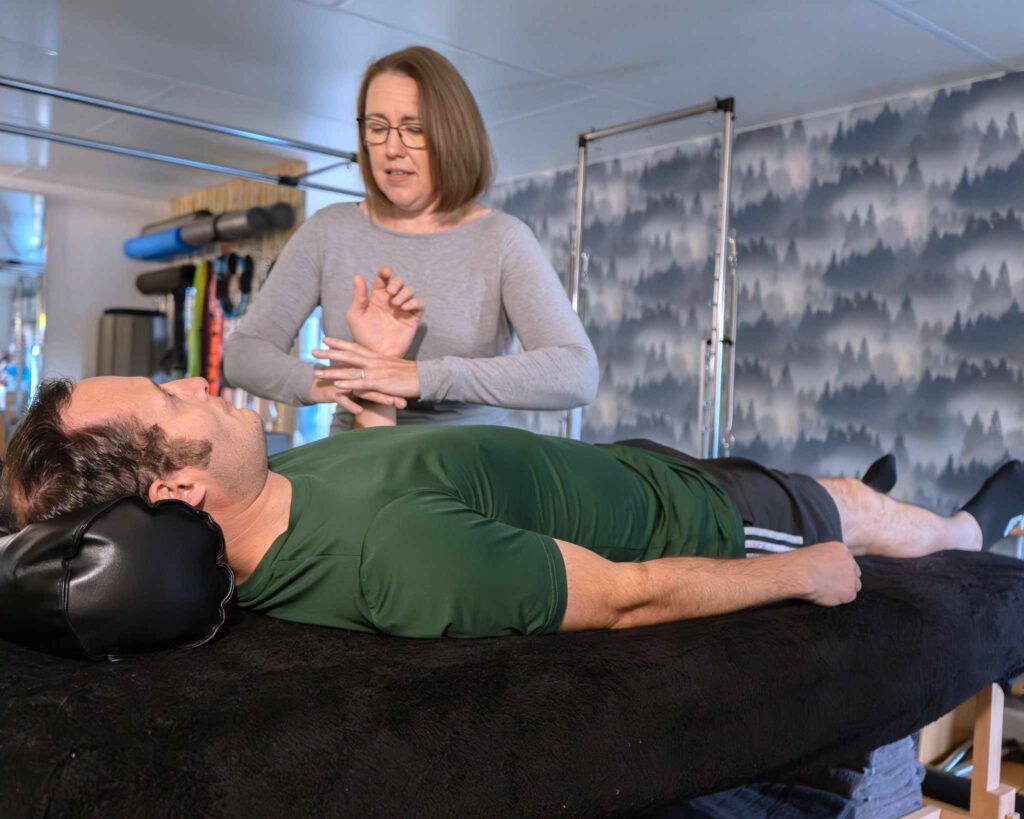As you are reading this I am guessing your interest in Neural Reset Therapy is piqued (or you’ve already booked a session) and you have an idea about how it works if not have a look at ‘What Is Neural Reset Therapy?‘
However, with any new treatment or therapy there can be anxiety for some about will the session be like and what will be expected of you. If you are used to massage, physiotherapy or more traditional medical procedures it can be comforting to know what to expect. Hopefully, this blog will walk you through what a Neural Reset Therapy session is like to help you arrive relaxed.
For a glimpse in the studio so you can see where you will be have a look at this video
How Does A Neural Reset Therapy Session Start?
The work starts before you arrive for your first session. I’ll send out a health form and ask about your current habits, what issue(s) have brought you here and what your goal is.
This seems a lot but it allows me to prepare before you arrive so you get the most out of your treatment.
The Neural Reset Therapy Session – Once you’re here
We have a chat about the form to make sure nothing was missed or has changed and I look at your range of motion, movement etc.
Some of the best things about NRT is that it involves:
- no getting changed, you stay fully dressed throughout
- no massage oils or creams
- you lay on your back, no lying face down
- no deep tissue pressure applied
So no need to get changed.
The Neural Reset Therapy Session – On The Table
Knowing where your pain or restriction is affecting you we start working out the muscles that are holding the tension.
I work through muscle groups, in a set order, looking for areas of tenderness or tightness, known as trigger points. We then reset as we go.

The Neural Reset Therapy Session – The Resets
Having found the trigger points I work with the action of the muscle and introduce stimuli which may consist of stretching, very light vibrations, light tapping or a combination of stimuli to reset the affected area. I may ask you to lightly resist or move in a certain direction.
We then go back to the trigger point and check how it feels, repeating as needed, changing stimuli or moving to the next area.
That’s It…No Really!!
It’s hard to believe it can be that quick but for some, it really can be.
Have a look at the success stories blogs on back pain and plantar fasciitis
You can then go about your day as normal, with no bed rest or period of immobility required.
It is a technique that employs the ‘less-is-more approach’. It almost sounds too good to be true and as the therapist it does sometimes feel like magic even though I know and understand the science behind the method.
“Where have you put the pain?” and confused looks are fairly common
Curious about What Neural Reset Therapy can help with? Have a look at the ‘What is Neural reset Therapy?’ blog
Afterwards – What will I feel? What can I do?
Following a Neural Reset Therapy session you may feel a little achy, like you’ve had a workout or been to the gym, which in some way you have as we have worked into your muscles.
Some clients feel tired and have an amazing night’s sleep whilst others are more restless. However, over the following days, the improvements felt in the session will continue to grow.
You can carry on as normal after the session there should be no need for icing the area, additional rest, restrictions or painkillers.
How long will the effects of Neural Reset Therapy last?
How many sessions will I need?
That depends on so many factors that affect our pain daily, age, lifestyle, other health conditions and medication all play a part.
Some clients are done with one session some need a few, and others prefer a regular top-up.
Hopefully, this blog has helped answer any questions you didn’t know you had about what a Neural Reset Therapy session is like.
For answers to other questions about NRT have a look at the FAQ page

Intrigued? Get In Touch to see how Neural Reset Therapy or Rossiter Stretching could help you
